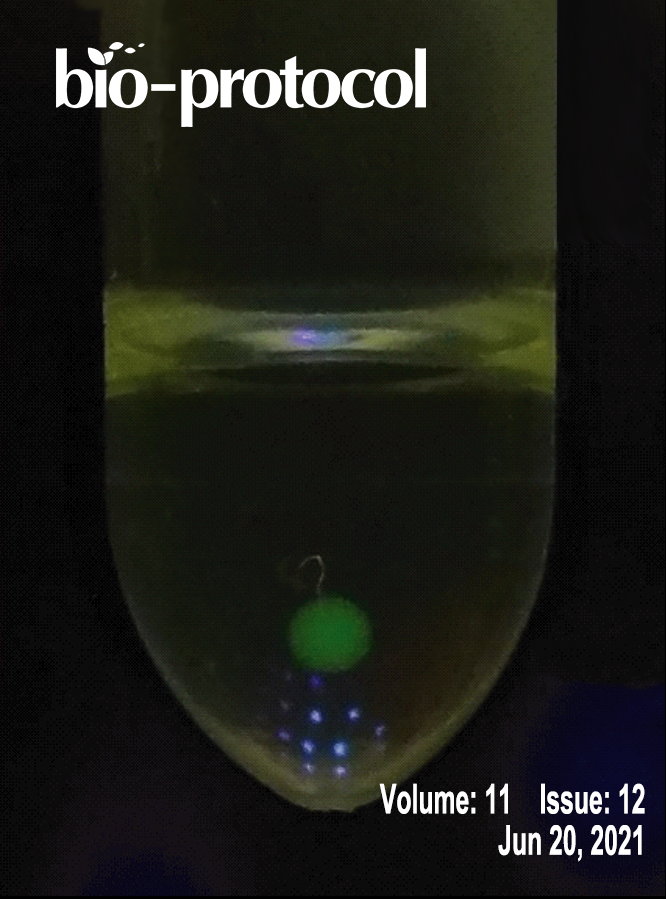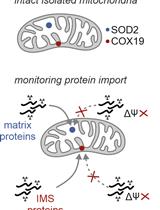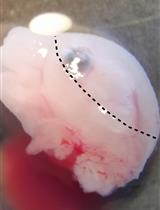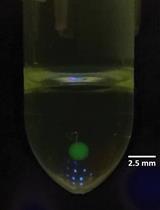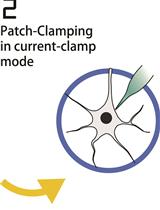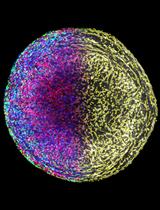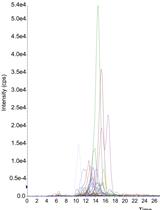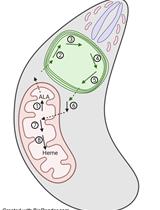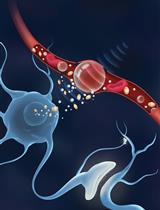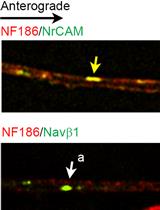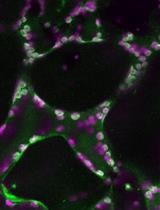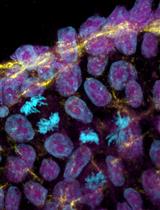往期刊物2021
卷册: 11, 期号: 12
生物化学
Protein Import Assay into Mitochondria Isolated from Human Cells
从人细胞中分离的线粒体蛋白质输入测定
Enrichment of Vascular Fragments from Mouse Embryonic Brains for Endothelial Cell Analysis
用于内皮细胞分析小鼠胚胎脑血管片段富集
生物工程
A Detailed Protocol for Preparing Millimeter-sized Supergiant Liposomes that Permit Efficient Eukaryotic Cell-free Translation in the Interior
一种制备毫米大小的允许在内部有效的真核细胞游离翻译的超巨大脂质体的详细方案
细胞生物学
Electrophysiological Properties of Neurons: Current-Clamp Recordings in Mouse Brain Slices and Firing-Pattern Analysis
神经元的电生理特性:小鼠脑切片中的电流钳记录和放电模式分析
Fluorescence-based Single-cell Analysis of Whole-mount-stained and Cleared Microtissues and Organoids for High Throughput Screening
基于荧光的全染色单细胞分析和清除的微组织和类器官高通量筛选
免疫学
A Lipidomics Approach to Measure Phosphatidic Acid Species in Subcellular Membrane Fractions Obtained from Cultured Cells
用脂质组学方法测定培养细胞亚细胞膜组分中磷脂酸的种类
微生物学
Fluorescence-based Heme Quantitation in Toxoplasma Gondii
基于荧光的弓形虫血红素定量
Transcriptional Run-on: Measuring Nascent Transcription at Specific Genomic Sites in Yeast
连缀转录:测定酵母特定基因组位点的新生转录
神经科学
Intravenous and Non-invasive Drug Delivery to the Mouse Basal Forebrain Using MRI-guided Focused Ultrasound
MRI引导下聚焦超声对小鼠基底前脑静脉及无创给药影响的研究
In vivo Optical Access to Olfactory Sensory Neurons in the Mouse Olfactory Epithelium
小鼠嗅上皮嗅觉感觉神经元的体内光学通路研究
Dual Color, Live Imaging of Vesicular Transport in Axons of Cultured Sensory Neurons
培养感觉神经元轴突囊泡运输的双色实时成像
植物科学
Micrografting in Arabidopsis Using a Silicone Chip
利用硅芯片进行拟南芥微嫁接
Peptide-mediated Targeting of Nanoparticles with Chemical Cargoes to Chloroplasts in Arabidopsis Plants
多肽介导的化学物质纳米粒对拟南芥叶绿体的靶向作用
干细胞
CRISPR/Cas9-mediated Precise SNP Editing in Human iPSC Lines
CRISPR/Cas9介导的人iPSC细胞系SNP精确编辑
系统生物学
Differential Analysis of N-glycopeptide Abundance and N-glycosylation Site Occupancy for Studying Protein N-glycosylation Dysregulation in Human Disease
用于研究人类疾病中蛋白质N-糖基化失调的N-糖肽丰度和N-糖基化位点的差异分析


